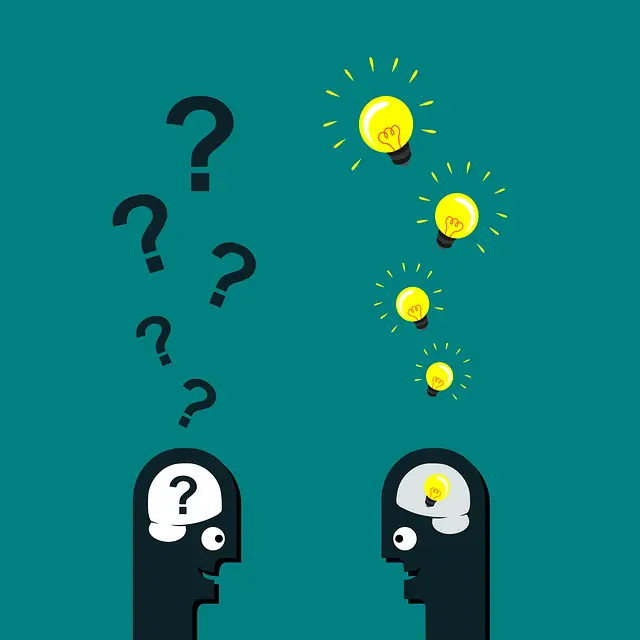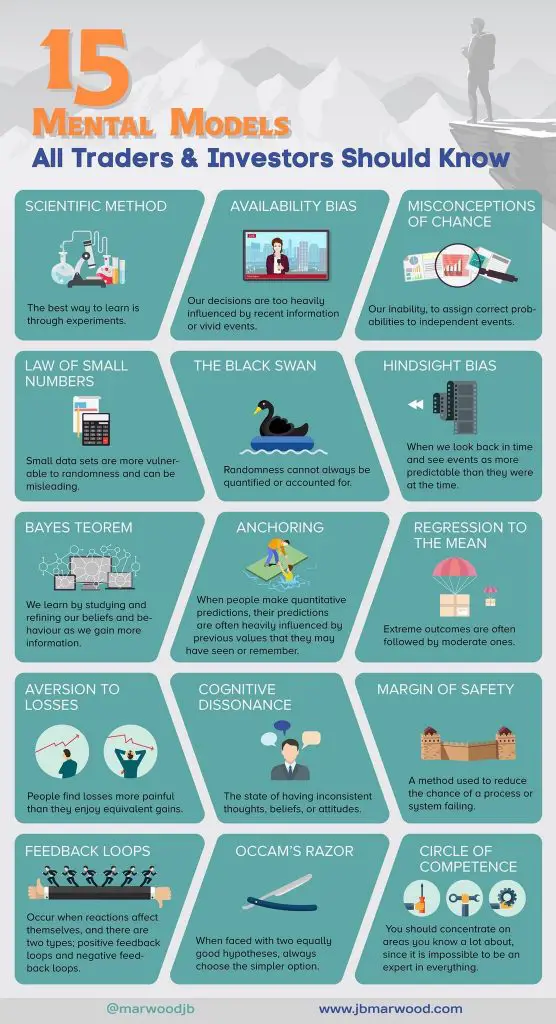
Mental models are a theoretical or scientific framework used for making decisions based on how someone believes the world works. Mental models start with internal beliefs and can be based on many factors like opinions, beliefs, facts, history, science, data, or patterns. The best mental models correlate with reality and give users a pathway to success through high probability decision making frameworks. Mental models are internal compasses that filter decision making based on a belief system and world view.
There are mental models for traders, investors, scientists, managers, and other people in professional endeavors that require accurate and quality decision making skills.
Backtesting uses the scientific method to determine what type of price action entry and exit signals worked in the past to create profitable trading. This is the belief that past data has patterns and useful information to use to identify future trends. Backtesting can also be used to model the characteristics of the best performing stocks based on fundamentals or cryptocurrencies based on their dynamics of supply, demand, and utility.
Availability bias gives too much weight to recent data and experience without looking at the big picture over the long term. This can lead traders and investors to jump from system to system depending on what is currently working creating style drift. This is a negative mental model that loses big picture thinking.
Misunderstanding probabilities puts the odds against traders having success by not understanding the chance of success with entries or the risk of ruin due to trading with too much risk. Good traders understand the odds while losing traders are just gamblers with the odds stacked against them. Understanding the positive expectancy of your trading system helps overcome this error in thinking with emotions and not thinking in math.
Fooled by randomness happens by looking at results in small time frames of price action and small backtests of data. A trader can confuse noise and luck with signals and skill. True data has to be verified over a large enough sample size to be meaningful. Almost anything can happen in the short-term but in the long-term repeating patterns emerge and a system’s expectancy plays out.
Not understanding the risk of ruin. If one trade can wipe out your trading account or a string of losses then you are trading too big. Your trading has to account for the risk of the worst case scenario for price moving against you and a sequence of losses longer than expected. The most important mental model in trading is seeing the potential for risk.
Hindsight bias tricks you into thinking that you could have traded through a time period easily when your edge is only from having access to past data and seeing how it played out. Hindsight is a parasite, focus on what strategy would have profited from the price data. Backtest through all different types of markets instead of believing you could have navigated a chart with no evidence that you possess that skill.
Boolean logic reacts off how the pattern plays out. It is just probabilities not predictions. It is a type of algebra where all values are either true or false. Boolean logic is used in computer science as it conforms to the binary numbering system that is the language of computer programming. In a binary numbering system each bit of information has a value of either 1 or 0. In trading, it is the art of reactive technical analysis, letting signals guide your actions with no preconceived beliefs. It is “If this, then that” strategy of trading with the flow of least resistance and only taking high probability set ups when they occur.
There are both good and bad mental models that can help you in your trading by understanding what mindset creates profitability and the bad mental habits that can cause you to lose money.
Joe Marwood has a free eCourse on Mental Models for the readers of my blog. –> Mental Model Free eCourse
Here is an infographic summary of fifteen mental models that all traders and investors should understand.
